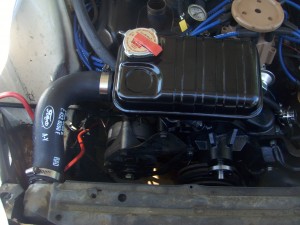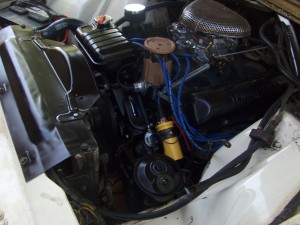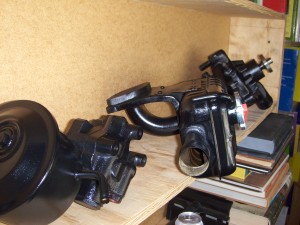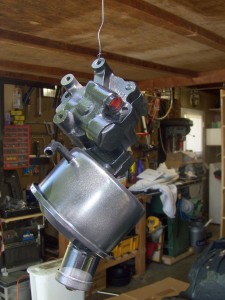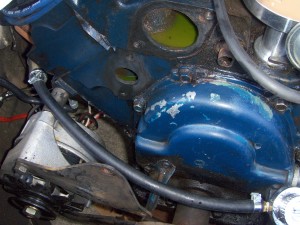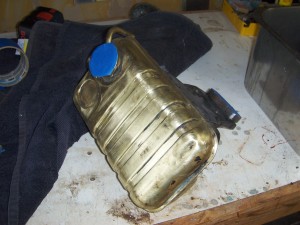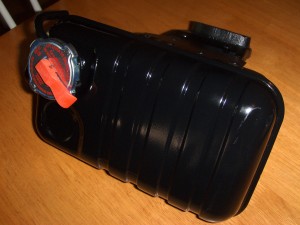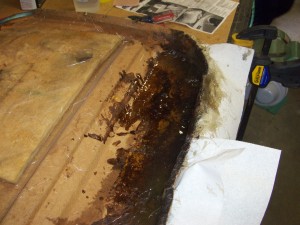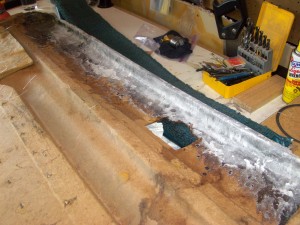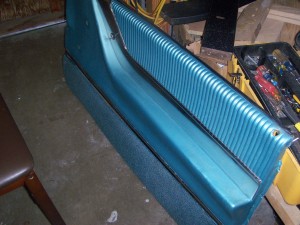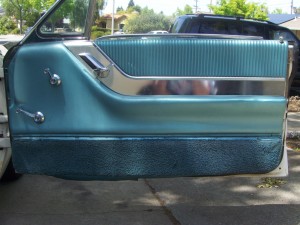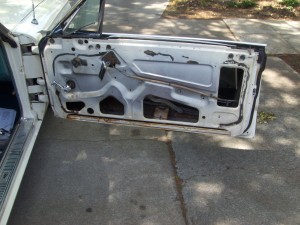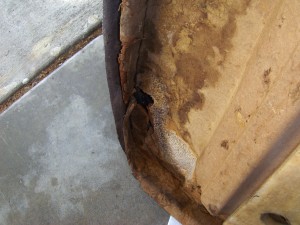I thought that changing out the wheel cylinder on the right side would be relatively simple after seeing how the left side went together. And so, I approached the job with a certain amount of confidence.
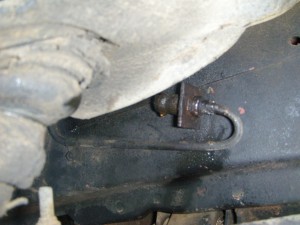
I got the brakes apart pretty well–no issues at all and there were less missing and broken elements on the right. But when I went to remove the brake line fitting to the flexible hose, I hit a stone wall. The fitting was (well, still is, as of this writing) completely frozen. I tried locking pliers after the nut rounded off and penetrating fluid failed. I even went to the extreme of heating the fitting to red hot with a torch.
No dice.
Cutting the fitting off seems to be the only real option, but that leads down a couple of nasty roads: either a short piece of replacement steel line attached with a union of some sort, or replacing the entire line right back to the master cylinder.
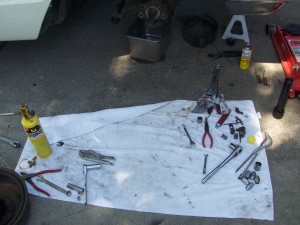
Like many of the projects before this, the question is how much time and money to invest. A completely new line will take some time, and probably some trial and error setbacks while I learn technique. A quick fix still means that I can get back on the road sooner rather than later, but leave “doing it right” to another day.
Decisions, decisions.

